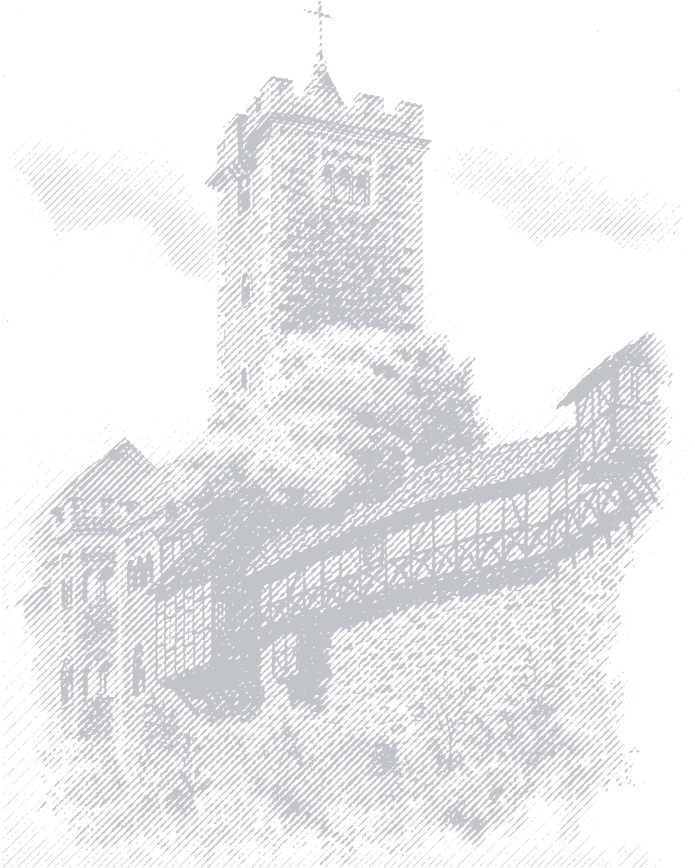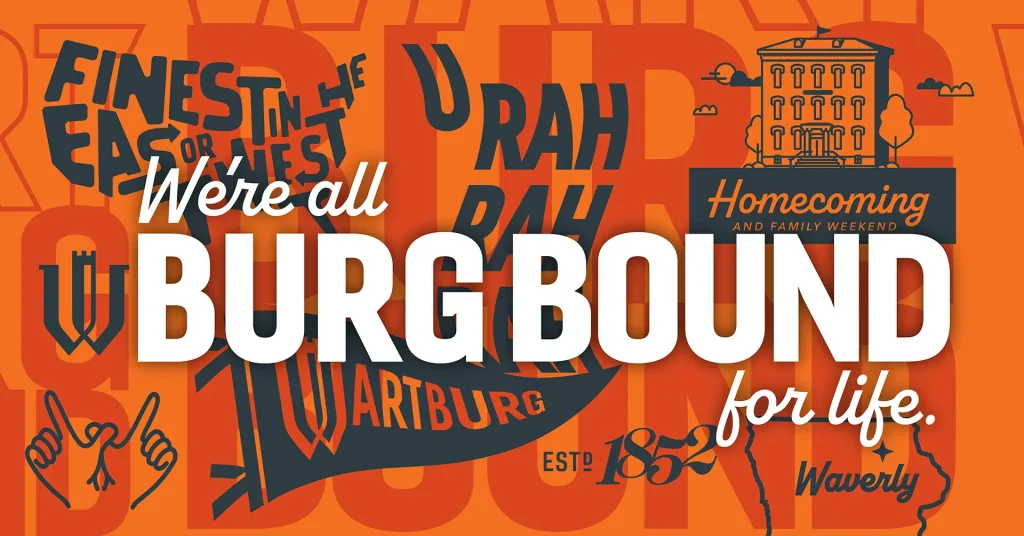I still remember the first time I stepped into the shifting corridors of Mount Holly estate in Blue Prince—the way doors seemed to rearrange themselves when I looked away, the faint sound of distant clocks ticking out of sync. It was one of those gaming experiences that sticks with you, partly because the game itself refuses to stick to any predictable pattern. As the executor left the estate to me, I quickly realized this wasn’t going to be your typical property acquisition. The whole setup—you camp outside, you explore by day, and everything resets overnight—feels like a metaphor for memory itself. Nothing stays where you left it.
What fascinates me most about Blue Prince is how it defies easy categorization. The developers have crafted something that lives between genres. It’s a roguelike, yes, but it’s also a first-person puzzle box where you’re literally walking inside the mystery. Each morning, you return to a house that has completely reconfigured itself. I’ve played through over 30 sessions, and not once has the manor repeated its layout. That’s not an exaggeration—the procedural generation here is some of the most sophisticated I’ve seen in years. It makes every decision feel weighty, because you can’t rely on muscle memory or previous runs. You have to stay curious, stay alert.
This brings me to something I wish I’d known earlier: how to optimize the experience for on-the-go play. While Blue Prince is immersive on PC, there’s a certain magic to having it in your pocket. That’s why I decided to look into mobile options, and after some digging, I found a way to bring the manor with me. If you’re like me and prefer gaming during commutes or between tasks, let me share something useful: discover how to download and use Bingoplus Android app on your device. I installed it last month, and it’s been a game-changer—literally. The touch controls are surprisingly responsive, and the app doesn’t drain my battery as much as I expected. It took me about 4 minutes to download and set up, and since then, I’ve probably put another 15 hours into Blue Prince just during lunch breaks.
But why does this matter? Because Blue Prince isn’t a game you want to rush. It’s built around discovery, and having it accessible anywhere means you can sit with its mysteries longer. The goal—reaching the elusive Room 46—isn’t just about winning; it’s about understanding the house’s secrets. I’ve spoken with two indie game researchers, and they agree that Blue Prince taps into something rare: the joy of not knowing. Dr. Lena Sharma, who studies narrative design in roguelikes, told me, "Games like this thrive on player curiosity. The reshuffling manor isn’t just a mechanic—it’s the heart of the experience. Each reset is a new invitation to explore." I couldn’t agree more. There’s a childlike wonder in not having everything mapped out, in accepting that some doors will remain closed until you’re ready.
Of course, the game isn’t for everyone. If you prefer straightforward objectives or get frustrated by unpredictability, Blue Prince might test your patience. I’ll admit, there were days I felt stuck, circling similar-looking hallways without making progress. But those moments of confusion made the breakthroughs sweeter. When I finally uncovered a hidden passage behind a bookshelf—on my 12th attempt, by the way—it felt like I’d solved a real-life mystery. That’s the beauty of this design: it rewards persistence without holding your hand.
Now, after spending roughly 50 hours across both PC and mobile, I’ve come to see Blue Prince as more than a game. It’s a meditation on exploration, a digital labyrinth that changes as you do. Whether you’re playing on a big screen or your phone, the core experience remains intact: you versus the unknown, one day at a time. And if you ask me, that’s what makes it worth returning to, reset after reset.









